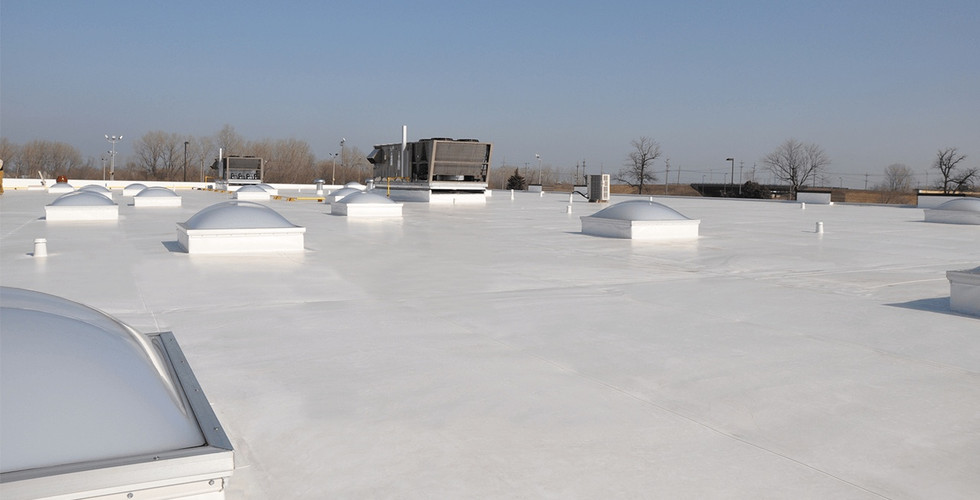Deck-Mounted vs. Curb-Mounted Skylights: Which is Better for Waterproofing?
- jburrey125
- Jan 3
- 2 min read
When choosing a skylight for your roof, understanding the differences between deck-mounted and curb-mounted designs is crucial for ensuring proper waterproofing and long-term durability. This document outlines the key distinctions and explains why curb-mounted skylights are generally better for waterproofing.
Deck-Mounted Skylights
Deck-mounted skylights are installed directly onto the roof deck, offering a sleek, low-profile appearance. However, they come with notable challenges for waterproofing. Here are the main features and considerations:
Design: The skylight frame attaches to the roof deck, and an integrated flashing system is used to create a watertight seal.
Installation Process:
A self-adhesive underlayment is applied around the skylight’s perimeter.
Flashing is secured to direct water away from the opening.
Advantages:
Sleek design blends with the roofline.
Ideal for modern architectural styles.
Challenges:
The flashing for deck-mounted skylights is typically smaller and less robust than that used for curb-mounted designs. This can lead to water infiltration if the flashing is overwhelmed during heavy rainfall or snowmelt.
Installation precision is critical to avoid leaks, leaving little margin for error.
Integrated flashing systems may be less adaptable to certain roof types or climates.
Curb-Mounted Skylights
Curb-mounted skylights sit on an elevated curb, typically constructed on-site, which raises the skylight above the roof plane. This design offers distinct advantages for waterproofing:
Design: The skylight frame is mounted on the curb, while the curb itself is separately flashed to create a waterproof barrier.
Installation Process:
The curb is wrapped with a waterproofing membrane.
Step flashing is installed along the sides, with head and sill flashing at the top and bottom to channel water away.
Advantages:
Elevated design reduces the risk of water infiltration.
Flashing for curb-mounted skylights is larger and more robust, offering better protection in extreme weather conditions.
Better suited for climates with heavy rainfall or snow.
Easier to replace or repair without disturbing the roof deck.
Challenges:
May require more materials and labor for curb construction.
Slightly higher profile may not suit all aesthetic preferences.
Why Curb-Mounted Skylights Are Better for Waterproofing
Elevated Position:
The curb raises the skylight above the roof surface, providing an additional layer of protection against water pooling and infiltration.
Larger Flashing System:
Curb-mounted skylights use larger, independently installed flashing, which significantly reduces the risk of leaks compared to the smaller flashing on deck-mounted systems.
Independent Flashing:
Flashing is installed around the curb, creating a robust waterproof barrier. This design is more adaptable to roof irregularities and complex configurations.
Ease of Maintenance:
Curb-mounted skylights can be replaced or repaired without disturbing the surrounding roof structure, reducing the likelihood of accidental damage or future leaks.
Conclusion
For homeowners and roofing professionals prioritizing long-term waterproofing and durability, curb-mounted skylights are the superior choice. While deck-mounted skylights may offer a streamlined look, the elevated position and robust flashing of curb-mounted designs provide unmatched protection against water intrusion, particularly in areas prone to heavy rainfall or snow. Investing in a curb-mounted skylight ensures greater peace of mind and a more resilient roofing system.














Comments